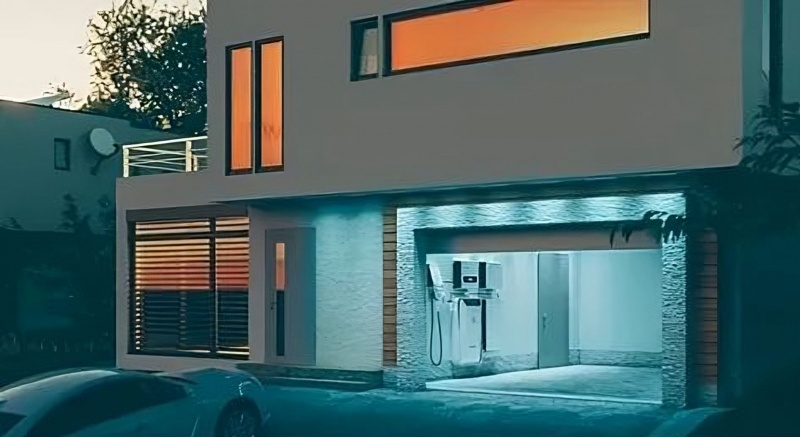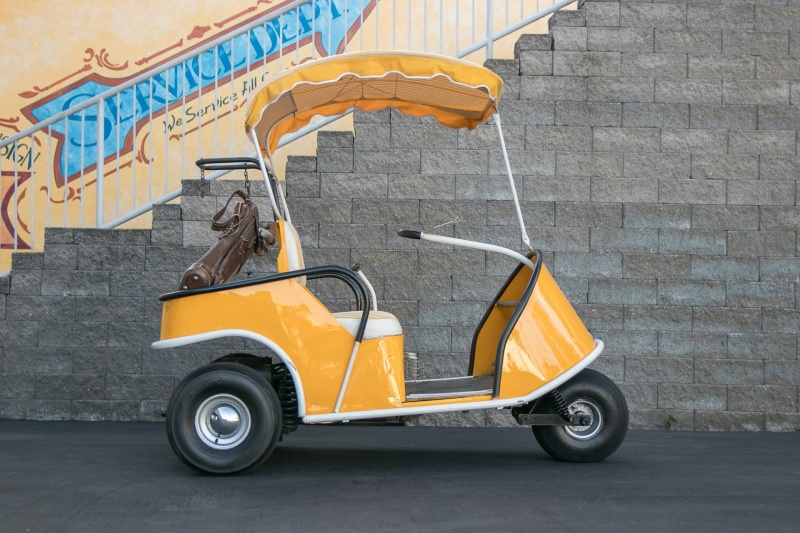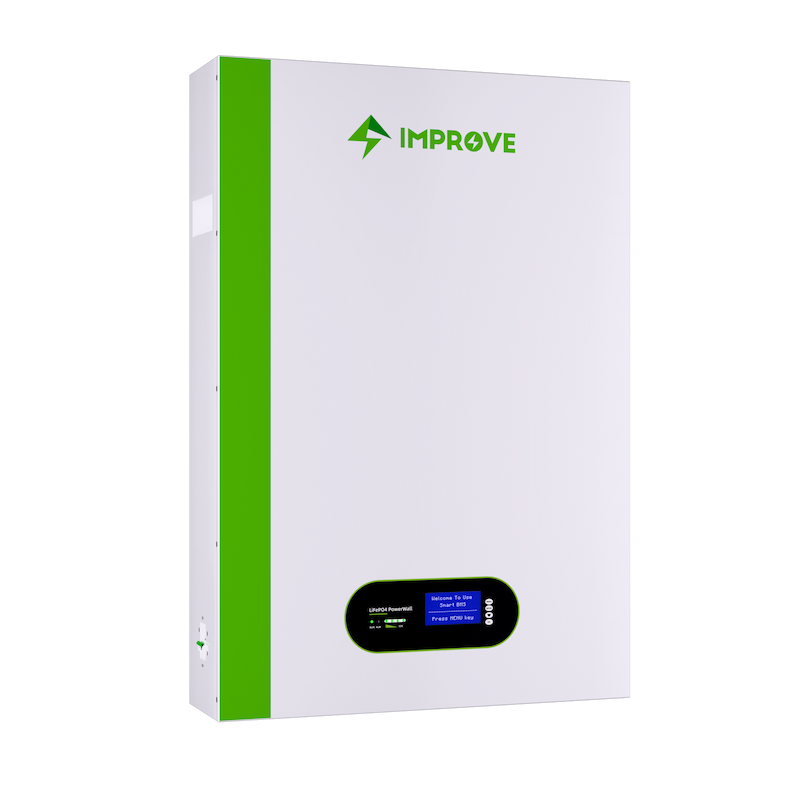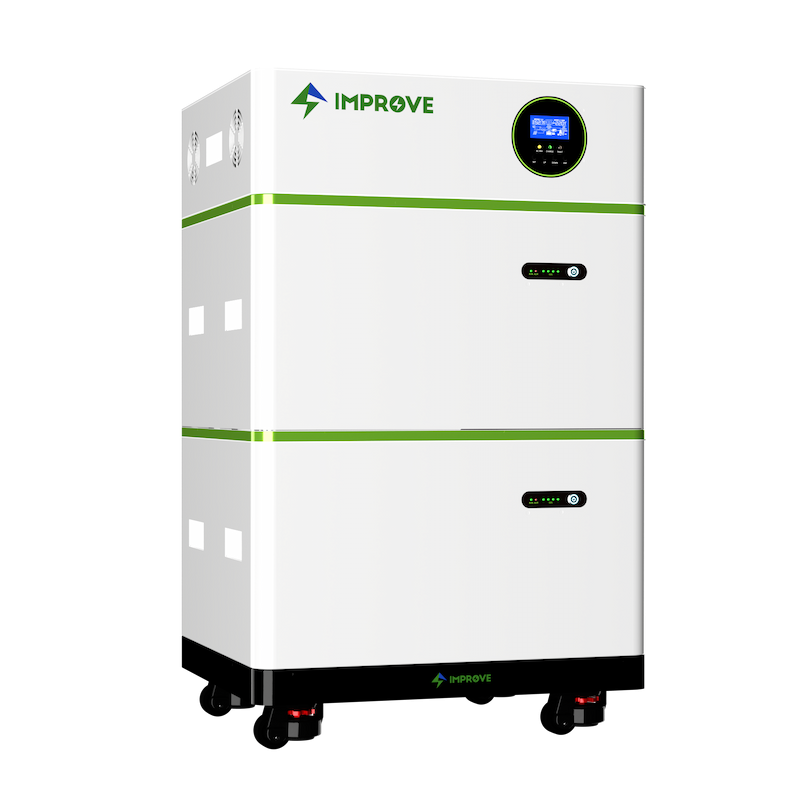Photovoltaic energy storage has become increasingly popular. At present, the mainstream types of energy storage batteries on the market are lead-acid batteries and lithium batteries. Although lead-acid batteries are cheap and only about 1/3 of the price of lithium batteries, their service life is also shorter, and the charging and discharging efficiency is also very low. It seems to be labeled as backward; Lithium batteries are the most widely used, among which Lifepo4 batteries are representative.
01、Battery capacity
For a battery, of course, the first thing we pay attention to is its capacity. All energy storage batteries support modularization and can flexibly adjust the capacity. Let’s take the Improve battey as an example. The minimum configuration is 2.5kWh, and the increment is 2.5kWh. At this stage, the maximum can reach 10kWh, and the larger capacity is not a problem.
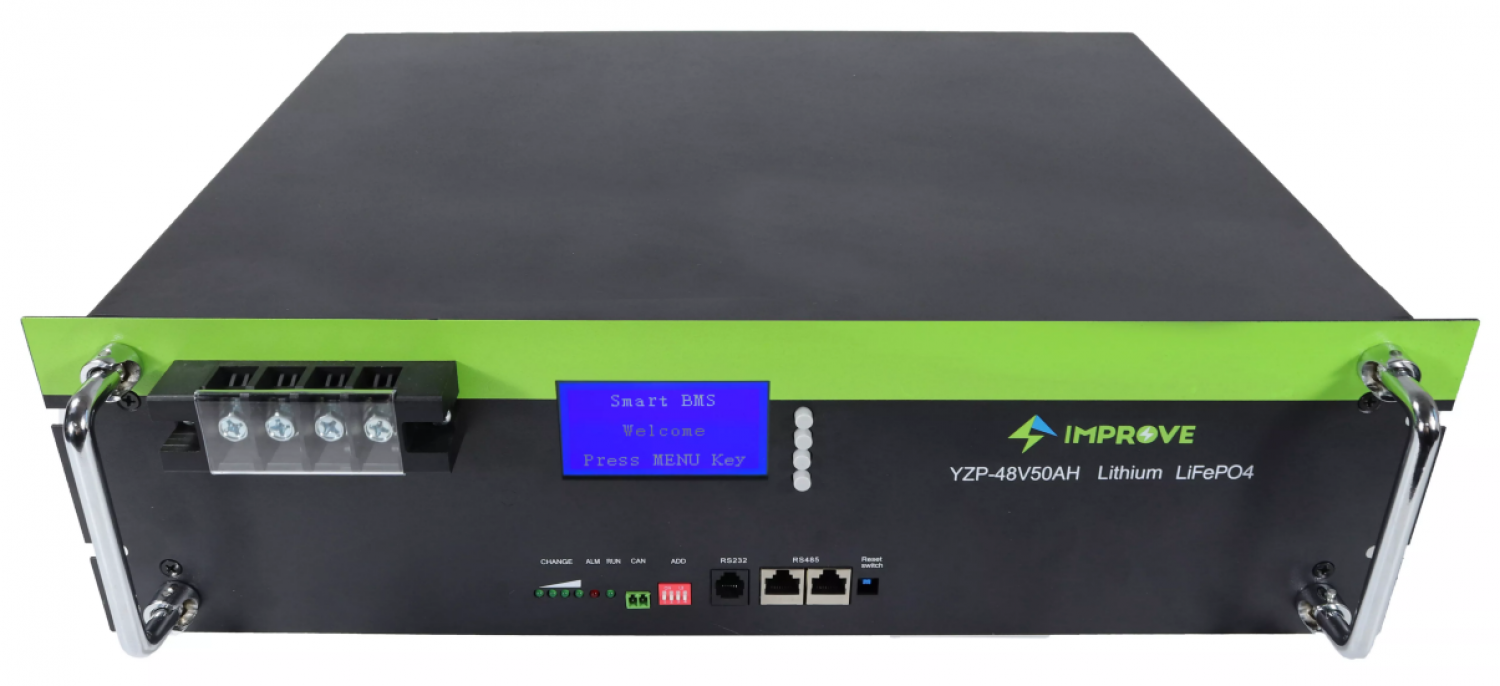
Does that mean the higher the battery capacity, the higher the battery’s power supply? No, it is also related to the charging and discharging efficiency of the battery. The conversion between energies is lossy, just to a different degree. For example, modules convert solar energy into electricity with an efficiency of around 18%, and energy storage batteries generally have an efficiency of around 90% during charging and discharging. We make a simple calculation. For every 12 kWh of electricity generated by the photovoltaic power station, the final part used by the user may only be about 10 kWh (the charge and discharge efficiency is calculated as 90%), and the difference in the middle is the loss in the energy conversion process.
02、Cycle life
Battery capacity and charge-discharge efficiency represent how long you can use electricity during one charge and discharge process. Cycle life represents how many times a battery can be charged and discharged during the effective life cycle of a battery. The combination of the two is the real service life of the energy storage battery that users should care about.
For example: A, the user can use 15 kWh of electricity during one charge and discharge process, but the cycle life is only 6,000 times; B, one charge and discharge can only use 12 kWh of electricity, but the cycle life is 10,000 times. In comparison, it is obvious that the total life cycle energy of B is higher.
03、Depth of discharge
When it comes to cycle life, another parameter has to be mentioned, that is, the depth of discharge (Depth of Discharge). The two are inseparable, and the cycle life decreases with the increase of the depth of discharge. Under the same conditions, the theoretical lifetime of 90% DoD is less than 80% DoD.
Depth of discharge: The percentage of the capacity released by the battery to its rated capacity is called the depth of discharge. For example, a 15kWh battery has a depth of discharge of 90%, and the customer can actually use only 13.5 kWh.
On the other hand, the higher the depth of discharge, the higher the energy loss, which is more than the gain. Therefore, the depth of discharge on the market is basically about 80%.
Battery capacity, cycle life, and depth of discharge are the three core parameters related to energy storage batteries. If you want to improve the performance of one aspect, you will sacrifice the performance of other aspects. The increase in the depth of discharge usually comes at the cost of a reduction in the cycle life of the battery. The most balanced performance may be the best.


